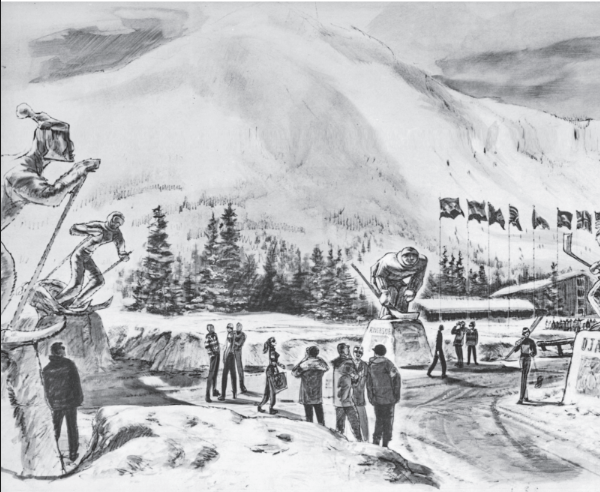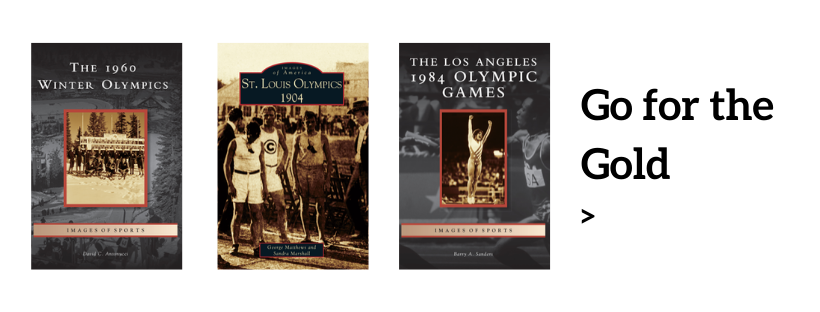
Who doesn’t love the Olympics? The thrilling, global sports competition captures the world’s attention every four years, and each Olympiad has it shares of memorable moments for athletes and spectators. The 1960 Winter Olympics, known officially as the VIII Olympic Winter Games, was no different. California’s Squaw Valley hosted the first complete Winter Games site built from the ground up, with an Olympic Village that became home to 665 athletes from 30 countries. This Winter Olympics set itself apart from its predecessors from events on and off the field of battle.

Disney on Ice?
In 1955, California’s remote Squaw Valley was narrowly chosen as the site for the 1960 Winter Olympics. Despite the formidable challenge to plan and build Olympic facilities from the ground up, Squaw Valley promoters were committed to delivering. Shrewdly, they landed Walt Disney, who know plenty about pageantry. Uncle Walt aced the live televised opening and closing ceremonies, site decorations, entertainment, and even had a hand in designing the torch and flame cauldron. Disney created the most iconic Winter Games in modern history, and improved the general perception of all winter sports. To this day, the Disney touch can be seen in all Olympics.


Guns and Skis
In 1957, The International Olympic Committee formally recognized biathlon as an Olympic sport. Nearby Lake Tahoe hosted the new competition, which combined 20 kilometers of cross-country skiing and rifle shooting at five targets at four firing ranges. The team sport had a maximum of four male members who competed as individuals for medals. Sweden’s only entrant, carpenter Klas Lestander, with a strategy of perfect shooting, took the gold medal to become biathlon’s first Olympic champion.

Modern Olympiad
The 1960 Winter Olympics was also noteworthy for its use of state-of-art technology. Events were timed electronically, and scores were tabulated and reported by computer. Ice was artificially chilled to ensure quality performance surfaces. Even the mountain slopes were mechanically-sculpted for optimal effect. At finish lines, twin infrared photocell emitters cast invisible beams to receiver relays, capturing hyper-sensitive readings — a first for Olympic competitions.

Miracle on Ice, the Prequel
For ice hockey, nine countries fielded teams, totaling 152 men, and competed in 30 games held in Blyth Arena and outdoors on the East Rink. All eyes were on Canada, with a record of six gold medals from the last eight Winter Games, and the Soviets were considered strong contenders. No one, except the coach, saw the Yanks coming, as the 1960 “home team” had always been an also-ran in previous world match-ups, but the United States went undefeated after besting the Czech Socialist Republic, capturing its first-ever gold medal in Olympic hockey.


